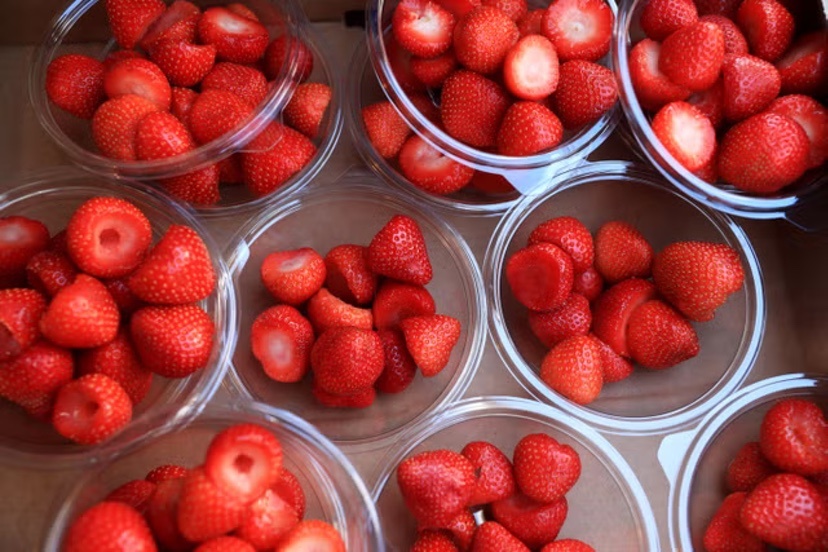Writer Wendell Berry once posed a survey question, in a poem entitled “Questionnaire”.
The poem begins like this:
How much poison are you willing
to eat for the success of the free
market and global trade? Please
name your preferred poisons.
The poem didn’t include a blank space for my answer, so maybe it was a rhetorical question.
But what if Mr. Berry really wanted an answer?
The success of free market would certainly be worth considering, if we actually had one. But as far as I can tell, free markets disappeared with the Sumerian civilization, circa 5500 BC, when government was invented.
We do have ‘discount stores’, however. We even have a couple of discount stores here in Pagosa Springs, the biggest one being Walmart.
Mr. Berry also asked about global trade. Walmart is a fine example of the success of global trade, because I think, like, 90% of the items in the store come from China or Thailand.
So maybe the real question is: How much poison am I willing to eat for the success of discount stores?
Wendell Berry wrote his survey questions in 2010, and we were definitely eating a lot of poison in 2010. But I believe we’ve invented — or discovered — even more poisons since then. So the options have expanded.
In 2010, we didn’t yet know about microplastics, for example. Why didn’t we know about them? It’s hard to choose the best poisons, when the full selection is not revealed.
According to a new report in the journal Science of the Total Environment, a medical team collaborating across multiple universities in China recently discovered various types of microplastics within every semen sample collected from a total of 40 males selected from a general population pool.
As The Guardian noted on June 10, a total of eight different plastics were found in the samples. The most prevalent, polystyrene, is commonly used for packaging like Styrofoam and CD jewel cases. Plastic bag polyethylene was the second most detected micro-particle, followed by PVC. Microplastic pollution has been detected in people’s lungs, blood, placenta, and even breast milk.
This is not great news, that semen is now a source of poison. And breast milk? Really makes you wonder about where this whole thing is headed.
Then we have the problem of face masks. Disposable, single use face masks are made from polymers, such as polypropylene, polyurethane, polyacrylonitrile, polystyrene, polycarbonate, polyethylene, or polyester. The increased production, consumption, and littering of face masks has been added to our list of environmental challenges, due to the addition of plastic particles in the environment. A single weathered face mask may release up to 173,000 micro-fibers per day.
I was wearing those damn things, on my face, for like two years.
One of the poisons I definitely would not choose to eat is polychlorinated biphenyls. PCBs. They are known to cause cancer and other ailments. But I hardly have a choice, because — like microplastics — they’re now pretty much everywhere in the environment, and they last pretty much forever. Monsanto started selling PCBs in the 1930s — knowing full well that they posed health hazards — and there’s now around 1.5 million tons of PCBs floating around in our food, air, and bodily fluids. (Breast milk, and other fluids.)
But we still have many other poisons to choose from.
Personally, my two favorite poisons to eat are cyanide and solanine. I get the cyanide mainly from almonds, which I love munching on. And the solanine comes from potatoes that have started to turn slightly green but otherwise look perfectly edible.
Another big favorite are the PFAs (polyfluoroalkyl chemicals) found in strawberries and other fruits and vegetables that get sprayed with non-organic pesticides. The Pesticide Action Network found strawberries to be the worst offender, with 95% of 120 test samples containing PFA pesticides. This was followed by 61% of the 109 grape samples tested, 56% of the 121 cherry samples, 42% of the 96 spinach samples and 38% of the 96 tomato samples.
Gotta love those poisons!
Underrated writer Louis Cannon grew up in the vast American West, although his ex-wife, given the slightest opportunity, will deny that he ever grew up at all. You can read more stories on his Substack account.

